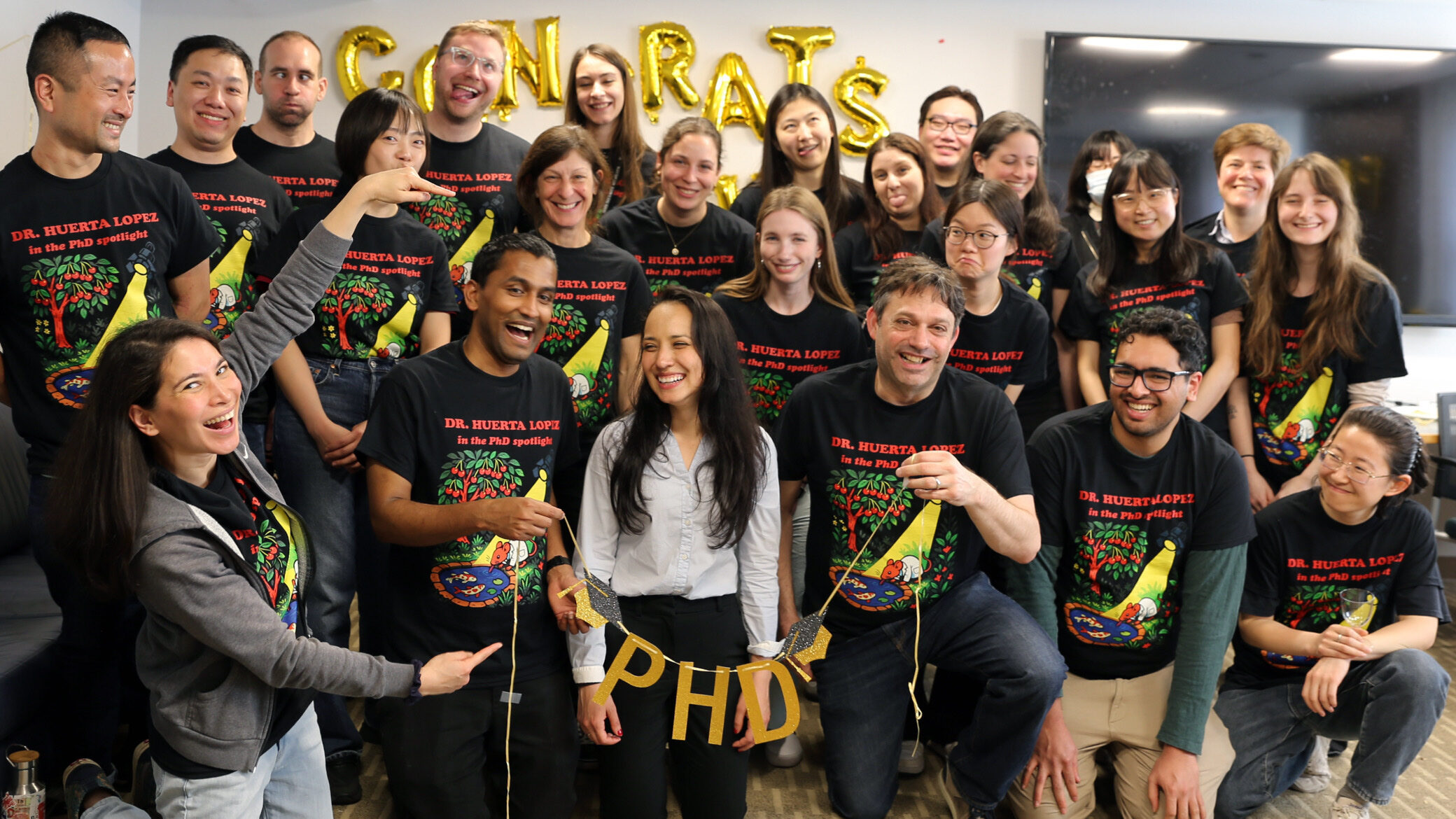- Fellow Highlights
Is The Next Frontier Of The Quantified Self Digestible Sensors That Will Allow Us To Track Everything From Nutrients To Internal Temperatures? Engineer Abubakar Abid Is Working On It.

People are now able to monitor their daily step count, calories, and a host of other activities that can help them understand their overall health and wellbeing. But what if humans could monitor what was happening inside their bodies? Researchers are on the cusp of developing devices that would allow humans to track things like temperature and the concentration of micronutrients in the digestive tract over time. However, they first have to come up with a safe and sustainable power source.
That’s where new research by 2016 Paul & Daisy Soros Fellow and engineering PhD student Abubakar Abid, and his colleagues at MIT, Brigham and Women’s Hospital, and the Charles Stark Draper Laboratory comes in. In an April issue of the Scientific Reports, the team proposed a new concept for powering devices within the digestive system: an antenna that can transfer power to an antenna inside the digestive tract.
Abubakar, who is the child of immigrants from Pakistan, first became interested in ingestible sensors on a routine trip to the doctor’s office. “The doctor collected my vital information and ordered a blood test, but there was no particular reason why I needed a blood test done, except that my medical records needed to be updated,” Abubakar recalled.
“This got me thinking: why do we only record medical data once a year, or even less frequently? To an engineer, that’s very unsatisfying, because there may be lots of medical data that varies on time scales much shorter than a year.” Following the visit, Abubakar grew interested in finding new ways to monitor data more continuously, and one particularly effective way that he has explored is through ingestible electronic sensors in the stomach.
Abubakar’s new study on power sources is one of many advancements the team of researchers, including Giovanni Traverso, Robert Langer, Taylor Bensel, Cody Cleveland, Lucas Booth, Brian Smith and Jonathan O’Brien, has contributed to the field of ingestible devices.
The idea came from other industries, which have used similar antenna strategies to power mobile devices and pace makers. The strategy had not been used to power devices in the digestive tract, leading Abubakar and the research team to consider the method for their work. To test the strategy, the team of researchers used an antenna powered temperature sensor in a pig and found that they were able to deliver 100 to 200 microwatts of power to the device without causing any harm to internal tissue.
Previously, the group of researchers had engineered a battery cell that was able to last in the digestive tract for weeks by generating power through stomach acid interactions. The device, called a galvanic cell, would stop working once the metal electrodes stopped, which is why they wanted to come up with a power strategy that did not involve electrodes.
Abubakar believes that ingestible devices are the next frontier of the quantified-self movement. “The most immediate need of ingestible electronics is in the medical domain. However, like other technologies, uses of ingestible electronics will trickle down to ordinary people who want to measure different aspects of their health,” says Abubakar.
“Imagine, for example, an ingestible device that has monitored to measure different nutrients inside the body—this could replace diet logs, which are notoriously difficult to keep accurately, and it could provide people with real-time feedback on their nutrient and caloric intake, as well as their body’s response to different foods.”
Abubakar started working on the research for the paper in the summer of 2015 after having completed his senior year at MIT in the spring. He continued the research as a fifth year Master’s student with a joint appointment at both the Charles Stark Draper Laboratory and MIT’s Koch Institute for Integrative Cancer Research. The Draper Laboratory sponsored his Master’s degree and provided equipment for the study, while MIT’s Koch Institute was the setting of most of the experiments. It wasn’t until he started his studies as a PhD student in engineering at Stanford in the fall of 2016 that he was able to complete the manuscript.
At Stanford, Abubakar is focusing on software and the applications of machine learning on health. He is working in the lab of Professor James Zou, whose lab focuses on developing new statistical machine learning techniques, especially in the health and genomics domain.
“For my current research, we are developing ways that researchers can apply machine learning more effectively on datasets with background or control experiments,” Abubakar explained. “Our technique, known as contrastive learning, has applications in genomics, proteomics, and even data from clinical trial.”
No matter whether he is engineering ingestible sensor power sources or designing the machines that will crunch the data provided by the sensors, Abubakar’s research may change the way humans are able to understand and improve their own health and wellbeing. ∎
Keep Exploring
-
 Read more: Kathy Ku Steps into Leadership as PDSFA Chair
Read more: Kathy Ku Steps into Leadership as PDSFA Chair- Board of Directors
- Fellowship News
Kathy Ku Steps into Leadership as PDSFA Chair
-
 Read more: Q&A with MD/PhD Student Silvia Huerta Lopez
Read more: Q&A with MD/PhD Student Silvia Huerta LopezQ&A with MD/PhD Student Silvia Huerta Lopez
-
 Read more: PD Soros Eligibility Guide for PhD Applicants
Read more: PD Soros Eligibility Guide for PhD Applicants- Applicant Information
PD Soros Eligibility Guide for PhD Applicants
-
 Read more: Watch: Optional Exhibits & Recommendations
Read more: Watch: Optional Exhibits & Recommendations- 2025 Information Sessions
Watch: Optional Exhibits & Recommendations
